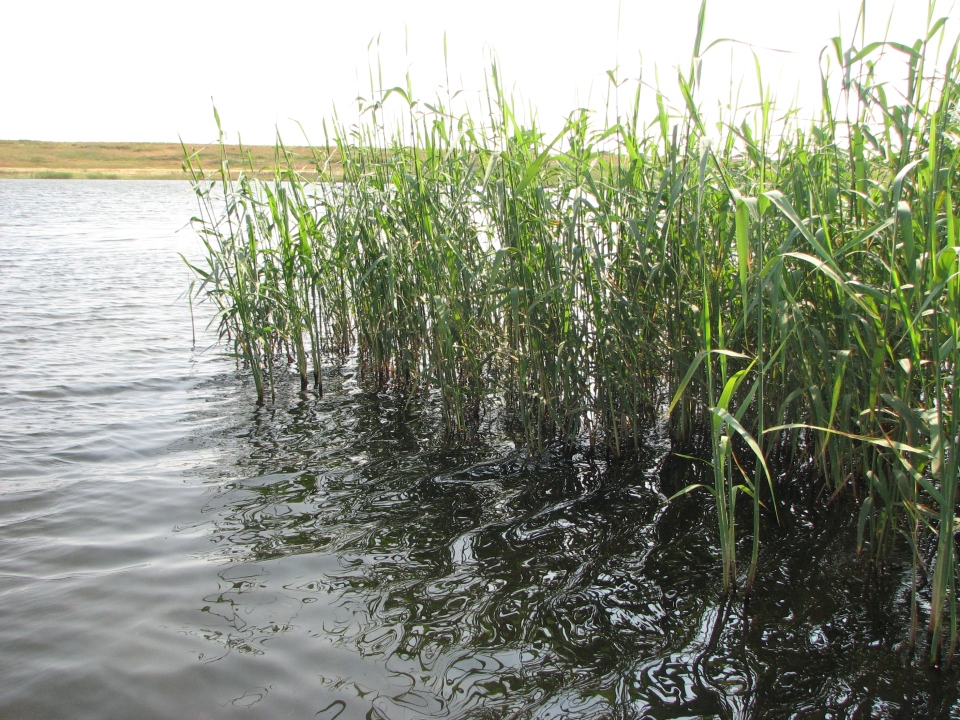An inside look on Eskom’s work with wetlands in South Africa
Wetlands play a crucial role in making cities liveable and sustainable and their effective management need to be a part of planning and development projects. That is exactly the approach taken by Eskom’s Research, Testing and Development Department.
Eskom is the powerhouse electricity supplier in South Africa and their consideration of wetlands in development projects, sets an excellent example to many smaller companies. In 2008, Paul Oberholster, Peter McMillan and Kaajial Durgapersad, comprised the team of specialists that designed the Wetland Classification and Risk Assessment Index (WCRAI). The WCRAI was created and adapted specifically for Eskom to aid their environmental practitioners on the classification, assessment and management of wetlands on Eskom properties.
The WCRAI is practical, simple and easy to use and it contributes to responsible management of wetlands associated with Eskom

Wetland Training for Skill Development/©Peter McMillan
What is the WCRAI?
The WCRAI is a hierarchical index that allows the identification, classification and assessment of a wetland by taking into consideration all ecological processes and risks imposed on Eskom’s properties. Some of the ecological factors include broad landform types, surface morphology, hydrochemical characteristics, biological structure and external environmental stressors. The index was designed to allow non-experts in different disciplines to be able to identify and conduct rapid assessments through the use of a Field Guide.
Four phases were implemented to create the most practical and effective wetland index criteria.
Phase 1: A desktop study was undertaken, to gather all the information required and derive guidelines to evaluate the Eco status of wetlands within the 2.5km buffer zone around Eskom’s coal-fired power plants.
Phase 2: A field assessment form was developed to assess the different criteria selected in phase one.
Phase 3: The WCRAI was applied in the field to a set of selected wetlands to evaluate the Eco status of these wetlands, and to develop a final score and range index for each selected wetland.
Phase 4: A workshop was held with experts and practitioners to incorporate their opinion in ensuring that the index would be practical and functional on site.
The wetland index takes into consideration important aspects for wetland health. These include: –
Field measurements: Conductivity, pH, dissolved oxygen, total dissolved solids and temperature
Physical characteristics: Wetland zones, sediment type (clay, sand or organic), pugging (the impact made by livestock), bank stability, aquatic cover, aquatic organisms, algae and macrophyte (aquatic plant) layers
Overall wetland characteristics: Hydroperiod (wet/dry season dependent), wetland shape, wetland type and size and various land-use impacts
Land-use Impact: Surrounding land-use impacts are evaluated as well
Four different site areas of a wetland have to be assessed to ensure a more accurate evaluation of the entire wetland. All findings and observations are then entered into a Field Sheet and a Score Sheet is used to identify a Wetland Category and Land-use impact score. These can be evaluated from the Ecological Category Values determined by the Department of Water Affairs and Forestry. The wetland field guide provides a step-by-step guide on how to carry out the assessments, calculations and interpretations of the data.
The WCRAI is a simple and user-friendly index that is utilised by Eskom Environmental practitioners on all wetlands on Eskom properties. Wetland training on the index was initiated in 2011 and 2012 and it is envisaged that the WCRAI will continually provide Eskom with standardised in-house skills and contribute to responsible monitoring and management of wetlands associated with Eskom land.
Eskom continues to ensure that wetlands are an integral part of integrated environmental management within the business. Wetlands that are identified for assessment are monitored twice a year and carried out on an ongoing basis to ensure effective management. The results are evaluated yearly to identify improvements or deterioration in wetland integrity. Impacts specific to each wetland are identified and plans are put into place to mitigate these impacts. Rehabilitation is implemented when necessary and there is constant drive to develop awareness for wetland assessments. Eskom has identified the necessity of such assessments and set the stage for others to follow.

All aspects of a wetland are assessed by the team at Eskom/Peter McMillan






You must be logged in to post a comment.